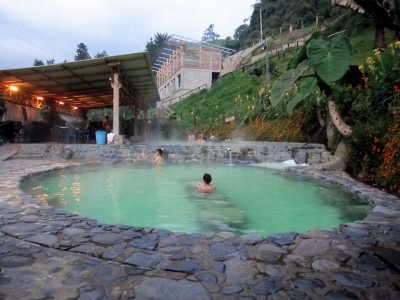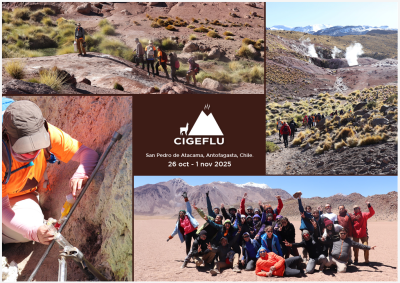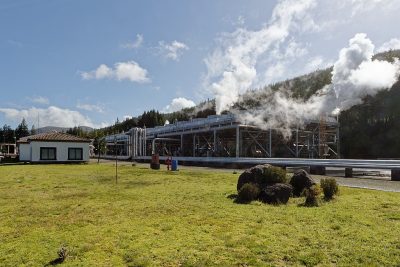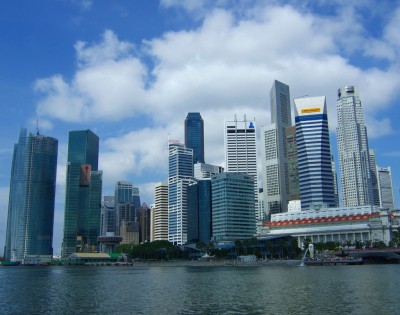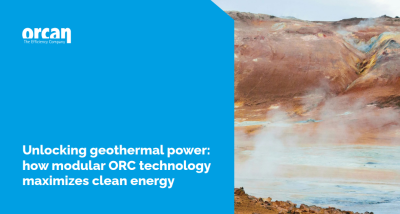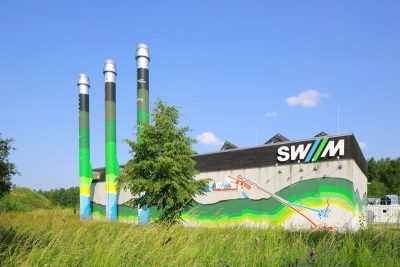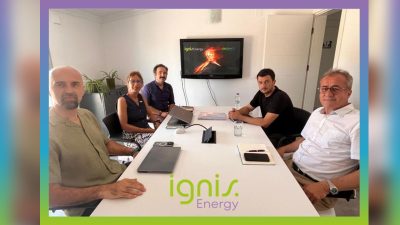Oregon receives US$2 million DOE grant for geothermal project
The southern Oregon city of Paisley, is working on the state's first commercial geothermal electricity plant, for which it was granted US$2 million by the DOE.
Reported from Oregon, “The southern Oregon city of Paisley, best known for its annual mosquito festival, could soon add another distinction: the site of the state’s first commercial geothermal electricity plant. The federal Department of Energy awarded the project a $2 million grant.
Lake County is flush with underground hot water. Sometimes, it bubbles to the surface, as it does at the Summer Lake Hot Springs resort.
Other times, farmers tap into it when drilling irrigation wells. That happened on the property of Mark and Erin Douglas, where the power plant would be built.
“We drilled it in 1980-81,” Erin Douglas said, “My grandpa did, and he talked to people then” about using the water for a power plant.
“It wasn’t hot enough or enough flow to make sense then,” she said.
In fact, the hot water was a nuisance, Douglas said. Because it would burn the alfalfa crop, the family had to pump the water through ponds and ditches to cool it enough to use. To make matters worse, the heat caused the pumps to wear out quickly.
But the family held onto the idea of producing electricity. Mark Douglas, also the mayor of Paisley, called around to see if there was any interest. He found an engineer who pitched the idea to Surprise Valley Electrification Corp., the local electrical cooperative.
Surprise Valley knew about the well for years, said Lynn Culp, the co-op’s member service manager. “We knew it’s been there all along,” he said. “But we weren’t looking for these kinds of opportunities until just recently.”
While 235 degrees Fahrenheit is certainly hot, it’s not hot enough to run a traditional steam power plant. The Energy Department classifies the Paisley plant as a “low-temperature project.”
Low-temperature geothermal plants are also called binary plants, because they use two separate fluids to produce electricity. Hot water is pumped from the well and passes through a heat exchanger, where it heats a fluid with a lower boiling point than water.
Vapor from that fluid turns a turbine, which turns a power generator. The second fluid condenses and returns to the loop system. Separately, the water is pumped back into the aquifer.
On the Douglas property, the hot water could take a useful detour, Erin Douglas said. It would pass through a second heat exchanger to warm a fish-farming pond.
The Paisley project could capture renewable energy more consistently than wind or solar plants, Enright said.”
For the full article use link below.
Source: DJC Oregon
